Stretch film

This is a very thin plastic film that can be stretched over a container, and is generally used to protect food from the air by"filming" it, i.e. covering it with a layer of stretched film.
You'll find it in supermarkets in rolls of around twenty meters called "stretch film", "adhesive film" or "freshness film", or in much larger rolls in professional stores. It's a must-have for your kitchen.
Classic stretch film withstands the cold of the freezer or fridge, but it can't be heated without melting. So it can't be put in the oven or microwave.
Baking stretch film
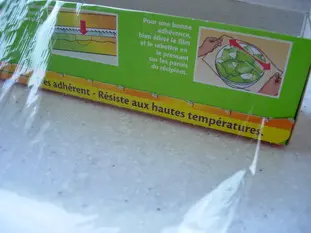
This is almost the same as the previous one, identical in appearance and a little more expensive, but can be heated up to 175°C (347°F). It is therefore resistant to both heat and cold. You'll find it under the name of cooking film or microwave film. Check the label to make sure it can withstand the temperature you're considering.
It can be used in both conventional and microwave ovens.
Note: if you drop a roll of stretch film on the corner, the whole roll will be practically unusable afterwards, as it's almost impossible to unroll it properly into an even sheet.
Baking bags
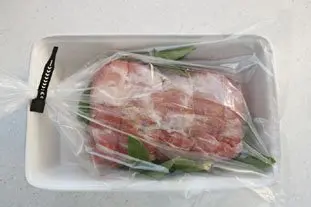
These look like freezer bags, but are in fact made of a kind of nylon that withstands high temperatures of up to 220°C (428°F). Originating in North America, they enable quite extraordinary cooking without the addition of fat, as in the case of the 5-hour volatile. They are known as "cooking bags" or "poultry bags".
They can be used in the traditional oven or in the microwave. See the page on good addresses to find out where to buy them.
Parchment paper
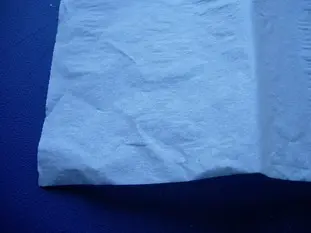
A little obsolete nowadays, this is a slightly stiff and translucent white paper, resistant to baking, which was much used in pastry-making to protect a mold or try to prevent a preparation from sticking while baking.
Quoted in old books and recipes, it was often necessary to wet the reverse side of the paper to be able to peel off what had been baked on it (macaroons, for example).
It's tending to disappear, replaced by baking paper (see below).
Baking paper
Baking parchment is a slightly stiff, translucent white paper that resists baking and is ideal for pastry-making, as whatever preparation or pastry is baked on it can be easily peeled off thanks to its slippery surface. It can be found in supermarkets in rolls of around twenty meters, under the name "papier cuisson" or "papier à four", or in professional stores, in packs of sheets of various sizes, under the name "papier siliconé".
Please note: baking paper has two sides, which you can distinguish by running your finger over them. One side is slippery and seems to be greased; this is the top side, and it's on this side that you should bake your preparations.
It can be used in both conventional and microwave ovens.
Aluminum foil

Aluminum foil is a thin sheet of aluminum foil generally used to wrap food for protection or cooking. It can be found in supermarkets in rolls of around 30 meters, under the names "aluminum foil", "aluminium foil", or in much larger rolls in professional stores.
It can only be used in a conventional oven, or on the barbecue, never in the microwave.
Note: if you drop a roll of aluminum foil on the corner, the whole roll will be practically unusable, as it's almost impossible to unroll it properly into an even sheet.
Absorbent paper or paper towels
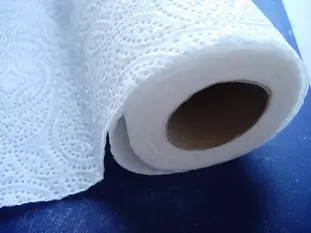
Absorbent paper is a thick, embossed roll of paper designed to absorb liquids.
It is used to dry preparations or products placed on it, after or in place of a spin-dryer, but also to wipe everything down, hence its name.
You'll find it in supermarkets in rolls about 20 cm wide, known as "paper towels" or "paper towels".
Dispensers
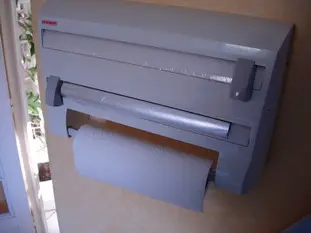
Having several of these papers or films in your kitchen means having to store several rolls in a cupboard or drawer, which isn't always practical.
Instead, I suggest using a wall-mounted dispenser, which allows you to quickly help yourself to a sheet of three (or more) different rolls.
Save money
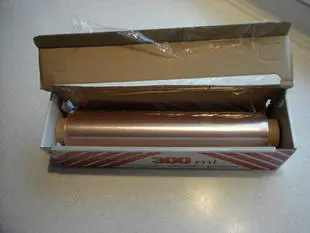
As I said, you can buy rolls of about 10 meters in supermarkets, but there is something more smart to do: you can, in shops for professional, buy rolls of 300 meters for a very good price.
Don't be afraid by the length, 300 meters seems huge, but you will keep it for years, and most of all it's 10 times less expensive for a best quality!.
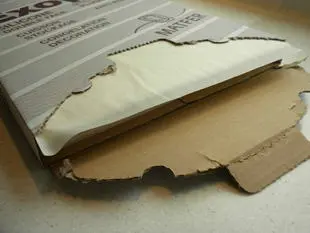
It's quite the same thing for cooking parchment, you can find it in box of 500 sheets.
This it's 8 times less expensive, and the sheets are flats (instead of roll) when use, and be reused several times.





The 9 comments already posted on this page
I had buy cooking bag at Tesco, it was a very reasonable price, and you have huge ones for turkey or big poultry that we haven't in France, lucky you are!
Sorry, no idea for cling film, except maybe to look in yellow pages for shops for chefs?
Guys, you have really strange questions...